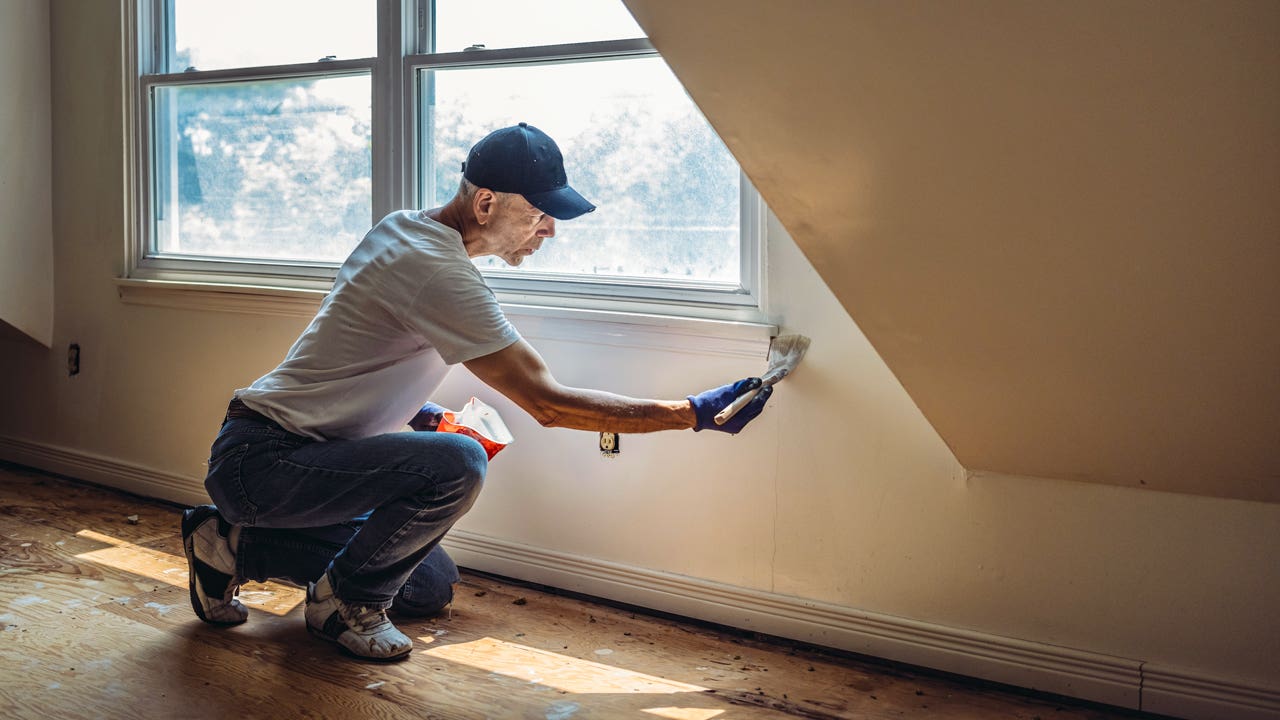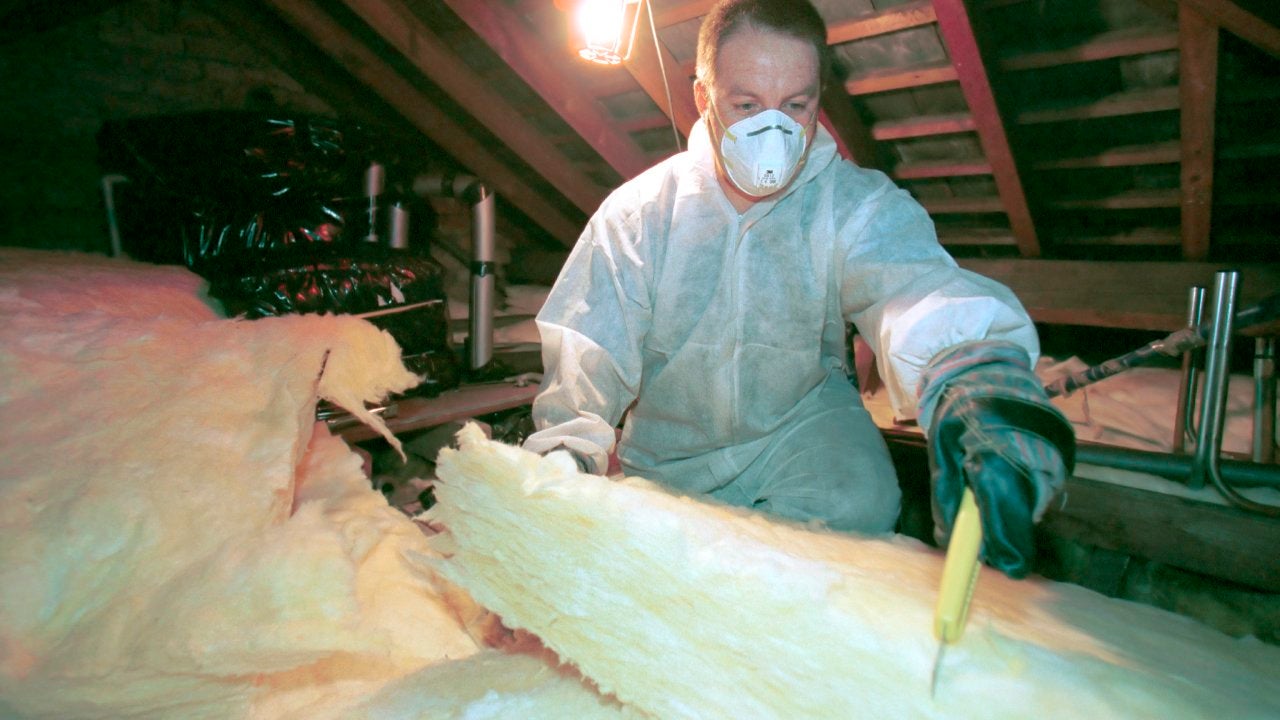What is a punch list?

A home renovation or new build is an enormous undertaking. By the time your project nears completion, you might feel overwhelmed by all the details. That can be a problem: If you don’t realize your kitchen sink is leaking until two weeks after your contractors leave, for example, you’re going to have a headache on your hands trying to get them back to repair it. Plus, at that point, it might be unclear whether or not you need to pay for the repairs.
Fortunately, a punch list can save you from that hassle — and ensure you’re over the moon with the results of your reno or new build.
What is a punch list?
Used well beyond the world of real estate, the term “punch list” refers to a list of to-dos that need to be completed in order for a project to be complete. A short and easy punch list definition is the list of tasks standing between you and the finish line.
In real estate terms, it’s the list of tasks that contractors and tradespeople need to complete in order for a new build or renovation to be considered done. Once the punch list is knocked out, you generally pay your contractor the remaining balance and sleep easy, knowing your project is finally at an end.
The phrase gets its name from a fairly old-school practice: Back in the day, it was a paper list, and people would literally punch out a hole next to items as they were completed. Even though your punch list will likely now be digital, the core components remain the same. It should contain two things: the tasks that need to be completed, and their estimated completion dates. If you don’t have the latter, you could be waiting around for your contractor without a leg to stand on.
How does a punch list work?
To start, the written contract with your general contractor should mention the punch list. It should allow you to withhold a certain amount of payment (for example, 10 percent of the total) until any outstanding items get completed. If you receive a contract that doesn’t mention a punch list, ask to have it added. This gives you a way to enforce quality expectations and have a say in when something is considered “finished.”
Creating the punch list usually occurs during a walk-through toward the end of your construction project. If you’re working with a real estate agent or developer on a new-home build, they will usually arrange the walk-through. If you’re running your own project, you might need to schedule it yourself.
During the walk-through, go through every inch of the project, and take notes. Turn switches on and off, run water and anything else you can to make sure things work. Note any outstanding to-dos. Your punch-list items might include things like:
- Unfinished paint, grout or caulk
- Cracks in the drywall
- Dripping faucets
- Scratched finishes
- Electrical issues, like a socket or switch that doesn’t work
- Missing finishes, like trim or cabinet hardware
In other words, if anything isn’t in a state where you consider it fully completed, add it to your punch list. Then, work with your contractor to determine completion dates for each item.
What it means for buyers and sellers
If you’re buying a newly built home, the punch list should definitely come into play. It will help you stay organized as the project progresses and ensure that you’re happy with the end result before you’re ready to move in.
Punch lists can also be very helpful if you’re fixing up your home in anticipation of selling it. When you’re getting your home ready to go on the market, the last thing you want is outstanding issues that could turn off potential buyers. If you are working with a Realtor, ask them about the National Association of Realtors’s partnership with PunchListUSA.
Bottom line
Punch lists are key in making sure any home construction project is completed to your satisfaction. Create one carefully and follow it as your project nears completion to ensure that your contractors finish everything as expected. That way, there will be no unwelcome surprises after the construction crew disappears.
You may also like

Scheduled personal property coverage: what it is and how it works

What is a property survey, and how do I get one?

Which DIY projects save the most money?



